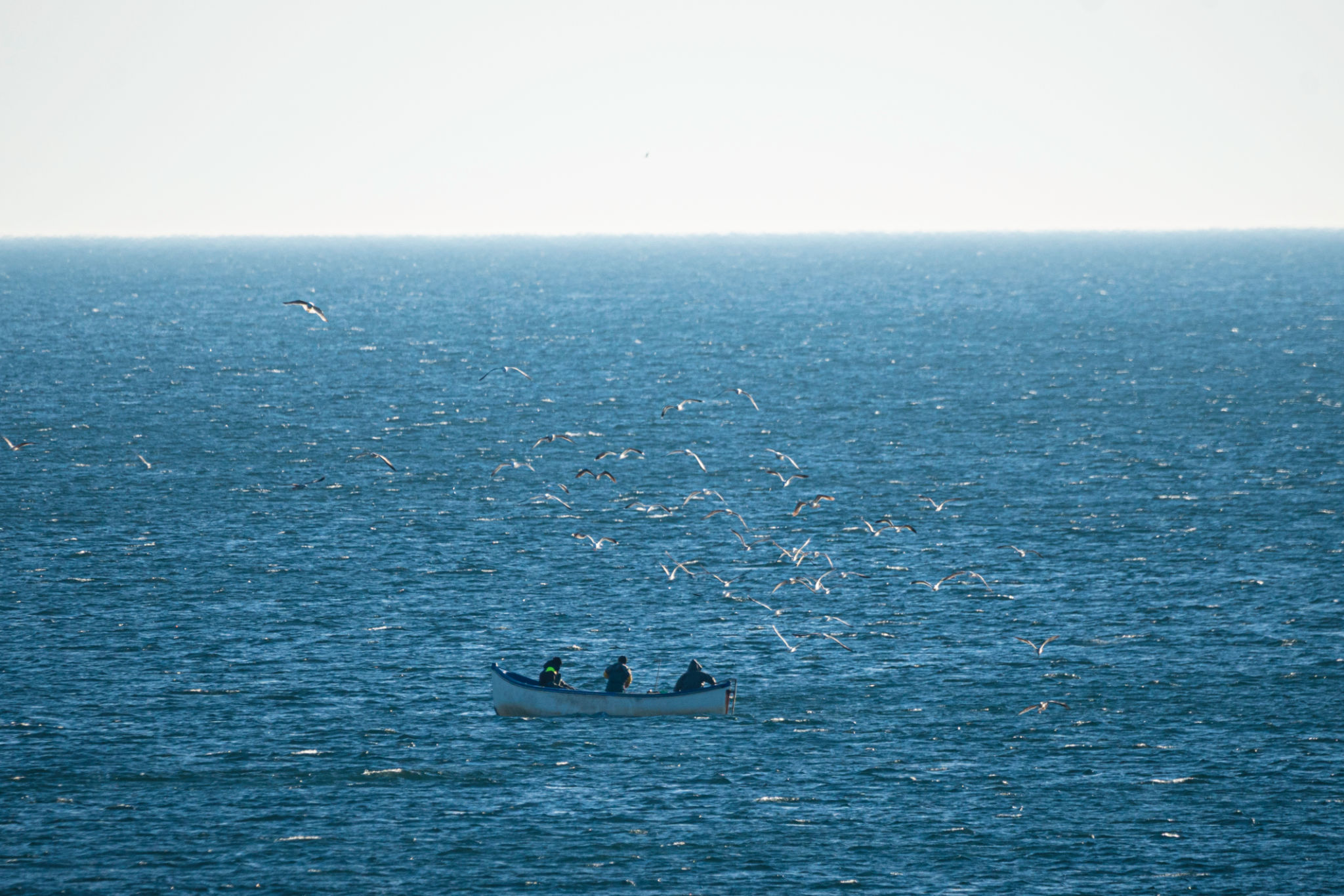The Red Snapper's Commitment to Sustainability: A Behind-the-Scenes Look
Understanding Sustainability in the Seafood Industry
The seafood industry plays a critical role in global food security and economic activity, but it also faces unique challenges when it comes to sustainability. Overfishing, habitat destruction, and bycatch are just a few of the issues that can threaten marine ecosystems. Red Snapper is a company committed to addressing these challenges through innovative practices and a dedication to sustainable sourcing.
Understanding the importance of preserving marine life for future generations, Red Snapper has implemented a range of strategies aimed at minimizing its environmental footprint while still delivering high-quality seafood products. This commitment is woven into every aspect of their operations, from sourcing to packaging.

Responsible Sourcing Practices
Red Snapper's sustainable journey begins with responsible sourcing. The company prioritizes working with fisheries that adhere to best practices and meet strict sustainability standards. By choosing suppliers that are certified by organizations like the Marine Stewardship Council (MSC), Red Snapper ensures that its products come from fisheries that are well-managed and environmentally friendly.
Moreover, Red Snapper is committed to transparency in its supply chain. This involves regularly auditing their suppliers to ensure compliance with sustainability criteria and fostering long-term partnerships with those who share their commitment to environmental stewardship.
Innovative Fishing Techniques
In addition to responsible sourcing, Red Snapper is at the forefront of employing innovative fishing techniques designed to reduce bycatch and preserve marine habitats. Techniques such as using selective gear types and adhering to seasonal closures help minimize the impact on non-target species and allow ecosystems to thrive.
These practices not only protect marine biodiversity but also ensure that seafood remains an abundant resource for future generations. By investing in research and development, Red Snapper continuously seeks new ways to improve its fishing methods and reduce its ecological impact.

Commitment to Reducing Waste
Beyond sourcing and fishing, Red Snapper is dedicated to reducing waste throughout its operations. This includes minimizing packaging waste by using recyclable materials and encouraging customers to bring their own containers when purchasing seafood directly from their outlets.
Additionally, Red Snapper strives to utilize every part of the fish, turning what might otherwise be waste into valuable products. This approach not only reduces waste but also adds value by offering a wider range of products to consumers.
Community Engagement and Education
Red Snapper recognizes that achieving sustainability is a collaborative effort that involves educating and engaging with the community. Through partnerships with local organizations and involvement in community events, they raise awareness about sustainable seafood practices and encourage responsible consumption.

The company also offers educational programs and resources to schools and other groups, helping to inspire the next generation of environmental stewards who will continue the fight for sustainable fisheries.
A Vision for the Future
The commitment of Red Snapper to sustainability extends beyond current practices. The company is constantly looking toward the future, investing in new technologies and partnerships that will further enhance their sustainability initiatives. By setting ambitious goals and holding themselves accountable, they aim to lead the industry toward a more sustainable future.
As consumers become increasingly aware of the environmental impact of their food choices, Red Snapper's efforts demonstrate how businesses can thrive while being conscious of their ecological responsibilities. The journey towards sustainability is ongoing, but with companies like Red Snapper leading the way, there is hope for a healthier planet.